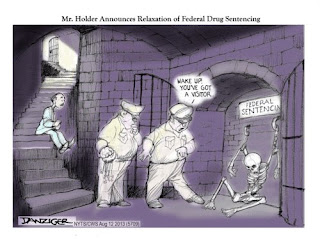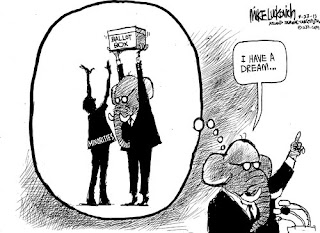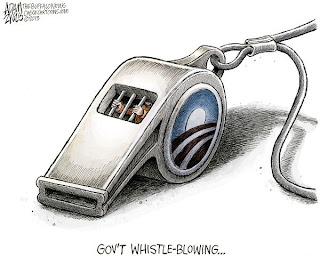Albert Sabin
August 26, 1906 -- March 3, 1993
"A scientist who is also a human being cannot rest while knowledge which might be used to reduce suffering rests on the shelf..."
Albert Bruce Sabin was born Aug. 26, 1906, in Bialystok, Poland, then a part of Imperial Russia. His family immigrated to the United States in 1921 to escape the persecution of Jews.
He attended high school in Paterson, N.J., after taking a six-week cram course in English from two cousins.
After graduation from high school he first planned a career in dentistry because an uncle, a dentist, offered to finance his college education if he would enter that profession. Dr. Sabin said years afterward that he studied dentistry for three years and then "couldn't stand it any longer" because he had become captivated by the possibilities of medical research.
He graduated from New York University in 1928. With the aid of scholarships, fellowships and odd jobs, he attended the university's medical school and, while there, found time to do research on pneumococcus bacterial infections.
He was awarded an M.D. degree in 1931. That summer, a polio epidemic in New York influenced his choice of a research career on polio and other infectious diseases of the human nervous system.
Before entering full-time research in that field, however, he trained in pathology, surgery and internal medicine at Bellevue Hospital, through 1933. He spent the next year in research at the Lister Institute of Preventive Medicine in London.
In 1935 he returned to New York to join the research staff of the Rockefeller Institute for Medical Research, now Rockefeller University.
In 1939 Dr. Sabin moved to the University of Cincinnati and its Children's Hospital Research Foundation to conduct research on viruses.
After the United States entered World War II, Dr. Sabin became a consultant to the Army on viral diseases. Later, as a lieutenant colonel in the Medical Corps, he studied diseases affecting American troops throughout the world.
He isolated the virus that caused sandfly fever, a nonfatal epidemic disease that was causing illness among troops in Africa.
Later he showed that an ordinary mosquito repellent would provide protection against the infection by warding off the insects that carried the disease.
He helped develop a vaccine against dengue fever, a debilitating but usually nonfatal disease that was striking many troops in the South Pacific.
He also studied the parasites that cause toxoplasmosis, as well as the viruses that cause encephalitis, inflammations of brain tissue.
Late in World War II, a vaccine he had developed against Japanese encephalitis virus was given to about 70,000 American troops preparing for the invasion of Japan.
A decade after the war, Dr. Sabin was the first to identify a virus called echo 9 as a cause of human intestinal illness.
At the end of the war, Dr. Sabin returned to the University of Cincinnati to continue work on polio. He developed a live-virus vaccine that was first tested in 1954.
By that time, however, the killed-virus polio vaccine developed by Dr. Salk had already been developed, tested and was being put into use.
Public health experts in the United States decided the Sabin vaccine should be given its first major trials abroad, so that people already protected by the Salk vaccine could not be accidentally included in the studies and thus confuse the results.
In this country, the Sabin vaccine was first used on a large scale in 1960 in Cincinnati, where it was given to 180,000 schoolchildren.
Two years later all three constituents of the vaccine, one against each of the three major polio virus types, were licensed by the United States Public Health Service.
Whereas the Salk vaccine had to be given by injection and required later booster shots to insure long-term immunity, the Sabin live-virus vaccine could be taken by mouth and provided lifetime protection against polio. Moreover, the harmless virus of the vaccine seemed to be "catching": It spread beyond the recipients to protect even some people who had not received the vaccine at all.
Dr. Sabin was elected to the National Academy of Sciences in 1951 and received numerous other honors, including the Bruce Memorial Award of the American College of Physicians in 1961, the Feltinelli Prize of the Accademia dei Lincei of Rome in 1964, the Lasker Clinical Science Award in 1965 and the United States National Medal of Science in 1971.
Throughout his long career he was noted for diligence, hard work and long hours as well as brilliance in research.
###


















































































































